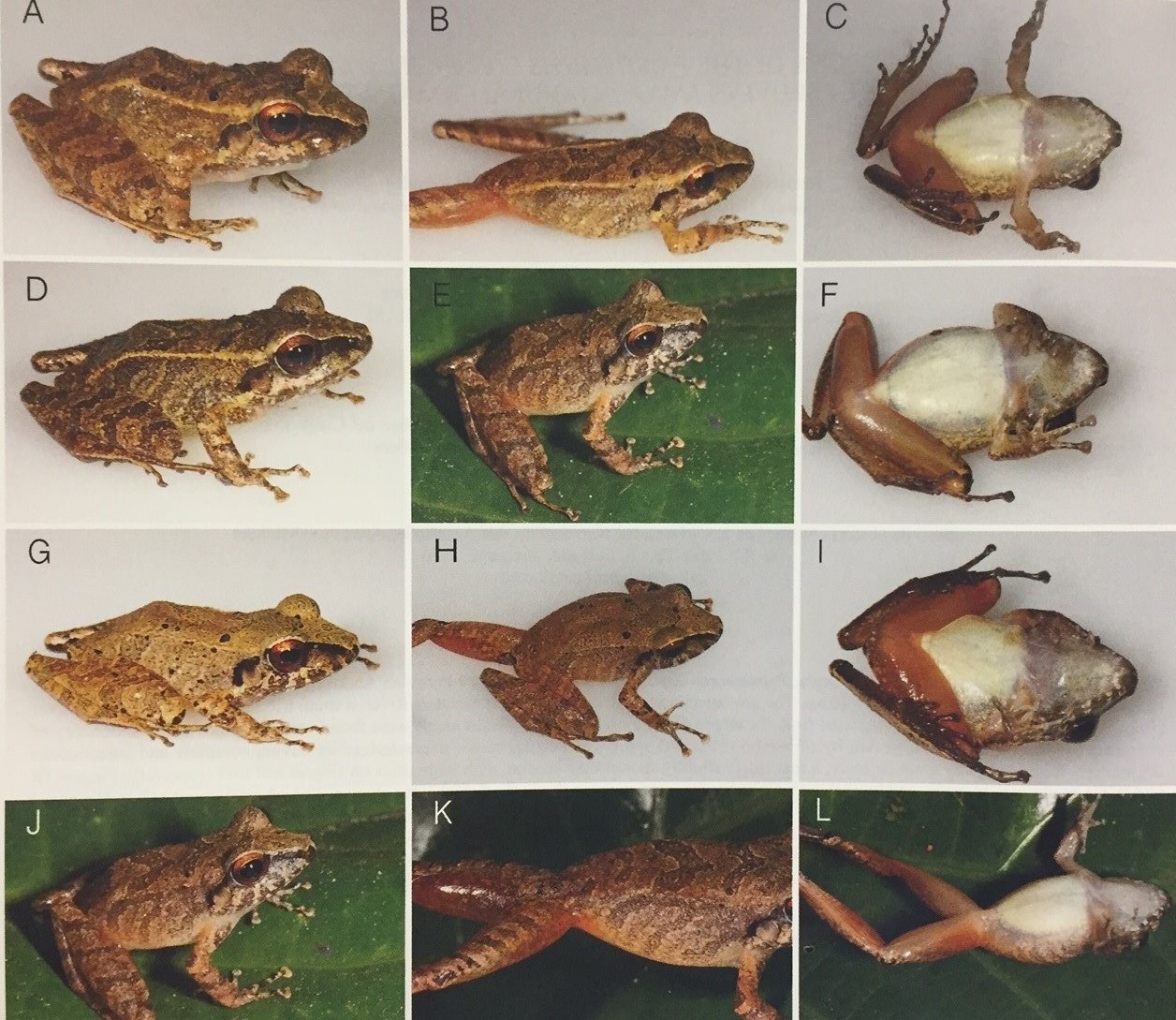
Discovering a new species is no easy undertaking in 2016.
Dr. José Padial and a team of scientists had to venture deep into the Amazonian rainforest where they trod through dense bamboo and the dark of night to discover a new species of frog that was unknown to science until now.
Padial, the Carnegie Museum of Natural History assistant curator of amphibians and reptiles, led the team of scientists into the Peruvian back country in 2014, where they identified a new species of frog – Pristimantis iiap. The frog was named and described in the February 2016 Annals of the Carnegie Museum of Natural History.
The team found and identified a species of frog in the lowland forests of the Peruvian Amazon calling after dark along the bamboo dominated forests of the Sepahua River, a small tributary of the Urubamba River.
Pristimantis iiap, was named after the Instituto de Investigaciones de la Amazonia Peruana (Peruvian Amazon Research Institute or IIAP) for its role in biodiversity research and conservation.
Pristimantis iiap belongs to the Pristimantis conspicillatus species group, a group that has a broad distribution in northern South America across a diversity of habitats that include the Amazonian forests, Andean hills, the dry forests of the Cerrado, and the Mata Atlantica of eastern Brazil. Analyses of its mating call and anatomical traits provided evidence of the distinctiveness of this new species.
The 2014 trip was part of a series of expeditions in the Fitzcarrald Arch in southeastern Peru, one of the least explored areas of the Amazon basin. Little is known about the herpetofauna there, but this expedition and other recent explorations have discovered that there are more reptiles and lizards in that area than was previously thought. Several other new species are still being described, so stay tuned for more fascinating discoveries!
José Padial is the William and Ingrid Rea Assistant Curator of Herpetology at Carnegie Museum of Natural History. He most recently traveled to the remote Vilcabamba mountains of Peru in the pursuit of biodiversity research. Read more at www.tumblr.com/blog/expeditions-carnegiemnh.
